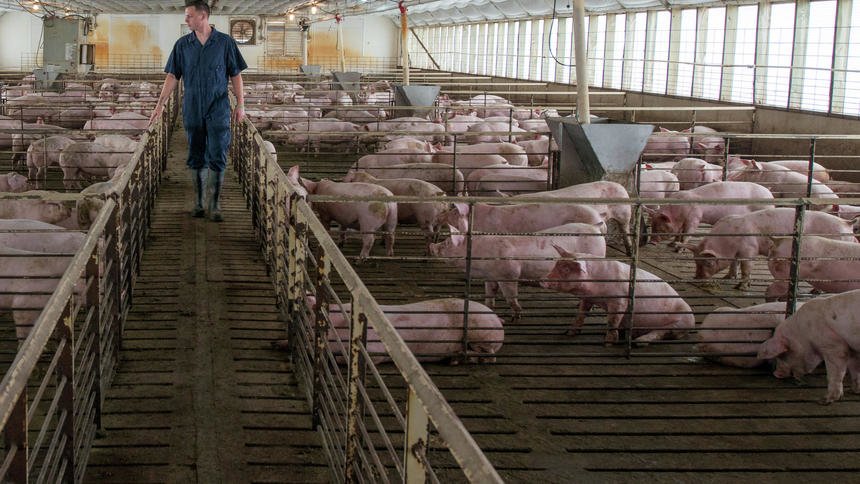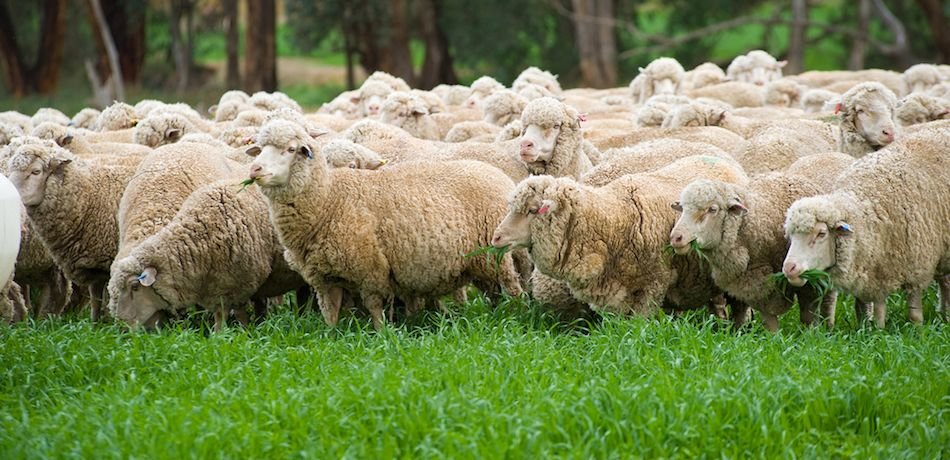Researchers are now one step closer to growing genetically modified organs which are tailored to be compatible with human body and make organ transplant using animals more viable.
Harvesting Human Cells in Animal Embryos

According to recent studies, we may be ready to harvest organs in animals for being transplanted to humans thanks to advanced technology and biological engineering
Harvesting human organs in animals would not only increase the global supply of human tissue and cells, but also allow scientists to specifically modify organ cells for individual patients by using their own cells to ensure transplant compatibility with an individual’s own immune system and reduce the risk of complications that arise with organ transplants.
Complications with transplant procedures are increasingly common since even after selectively matching organs for specific patients, those organs do not tend to last very long since the body’s immune system keeps rejecting them with the only exception being organs donated from twin donors and recipients.
In 2016 alone, close to 460 people died while waiting for organs that were suitable for their bodies while others who did receive them ended up with their bodies rejecting the new tissue. With advancements in latest research and organ harvesting in animals, it will be possible to reduce these complications and make organ transplants a very real and viable possibility.
Research on Rats, Sheep and Pig Embryos

Scientists are wary of the possibility of pigs developing human minds due to human cells in the system and if there is ever a possibility that the human cells all end up being developed into the brain of any animal, then this research would be stopped indefinitely
Research has been done by growing rat pancreas inside mice and by harvesting a small number of human stem cells in young pig embryos which would produce new ones containing one human cell for every 100,000 animal cells in the embryo after a growth period of just 28 days.
This study has made a major breakthrough this week where researchers at the American Association for the Advancement of Science were reported to have used a similar technique with sheep embryos but with a much higher concentration of human cells.
These studies are currently limited by regulations from review boards to allow the development of embryos for up to 28 days, but some scientists believe that in order to see proper development and conclusive results, the embryos would need to be harvested for a period of 70 days, but even that methodology would require a much higher concentration of human cells to be conclusive, ideally a 1% concentration with 1 human cell for every 100 animal cells.

Using sheep embryos for this research is particularly interesting and relevant since sheep embryos can be harvested relatively easily using IVF and fewer of these sheep embryos are needed in an experiment whereby four embryos are typically transferred onto an adult sheep.
In comparison, pig embryos are relatively harder to produce and for one experiment, 50 embryos are transferred to an adult in a typical experiment, limiting the feasibility. Additionally, sheep share a lot of bodily characteristics with humans including organs like hearts and lungs whilst also being of similar size, making the research more relevant.
However, investing in pig organs also has some major advantages, with pig cells developing at a much faster rate and the pigs’ ability to reproduce much faster than sheep, both of which increase the feasibility of pig organ research as well.
Animal Organ Transplant a Real possibility in Years to Come
Scientists and researchers are increasingly optimistic that in ten years’ time, humans would eventually be able to receive organs that have been harvested in animals. Latest developments in this research has allowed scientists to produce piglets without any DNA infections with research suggesting that any human cells in the organ would eventually grow and replace the animal cells overtime.










